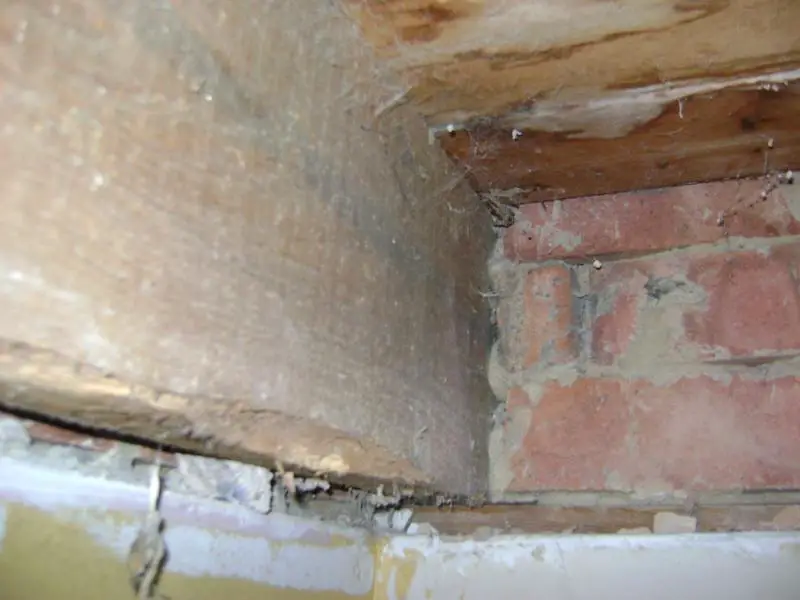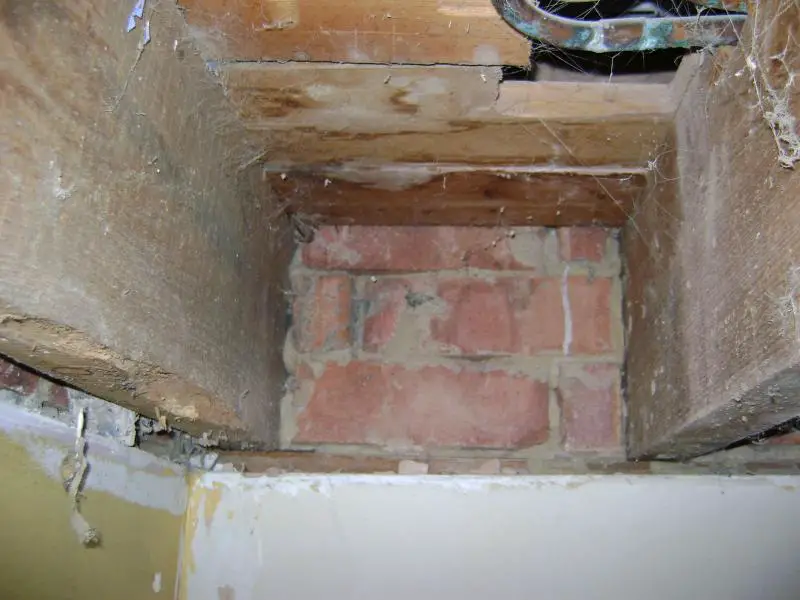Hi, can't find an answer for this so thought I'd ask if anyone has a best practice.
We are renovating a 1930's council house and recently had an extension built. The builder knocked a small hole in the back of the house to find the joist level for the extension. When he did this he found the end joist had what looked like dry rot and was very soft. i.e. he could push his finger into the joist, this didn't affect the extension, and the upstairs floor doesn't bow, creek or deflect, even when I get the other half to jump up and down (well I wasn't going to test it myself just in case was I?)
So with the extension complete we are now doing the room below this joist and with the ceiling down, though it would be a good idea to add an extra joist just in case.
First I'm going to treat the existing joists with dry rot treatment, looks like the problem itself was caused by an old leak that the previous owners couldn't be bothered to fix.
So rather than replace the joist I'm going to install another 10' 2x8 joist by the side. The joist rests in a hole in a brick wall on the external wall and a hole in a breeze block wall the other. There are no pipe, wires etc in the way.
So my question is how to put in another joist, 2 ways I can see.
1 - Make a couple of small ledgers (11" between existing joists) with offcut of 2x8, bolt to wall with a couple of M10 bolts and stick joist on hanger.
2 - Cut extra slots in existing brick and breeze block and rest on wall as per existing joists.
Or are there any other options, didn't really want to remove the existing joist and replace because it's seems happy enough.
Regards
Kevin
We are renovating a 1930's council house and recently had an extension built. The builder knocked a small hole in the back of the house to find the joist level for the extension. When he did this he found the end joist had what looked like dry rot and was very soft. i.e. he could push his finger into the joist, this didn't affect the extension, and the upstairs floor doesn't bow, creek or deflect, even when I get the other half to jump up and down (well I wasn't going to test it myself just in case was I?)
So with the extension complete we are now doing the room below this joist and with the ceiling down, though it would be a good idea to add an extra joist just in case.
First I'm going to treat the existing joists with dry rot treatment, looks like the problem itself was caused by an old leak that the previous owners couldn't be bothered to fix.
So rather than replace the joist I'm going to install another 10' 2x8 joist by the side. The joist rests in a hole in a brick wall on the external wall and a hole in a breeze block wall the other. There are no pipe, wires etc in the way.
So my question is how to put in another joist, 2 ways I can see.
1 - Make a couple of small ledgers (11" between existing joists) with offcut of 2x8, bolt to wall with a couple of M10 bolts and stick joist on hanger.
2 - Cut extra slots in existing brick and breeze block and rest on wall as per existing joists.
Or are there any other options, didn't really want to remove the existing joist and replace because it's seems happy enough.
Regards
Kevin



